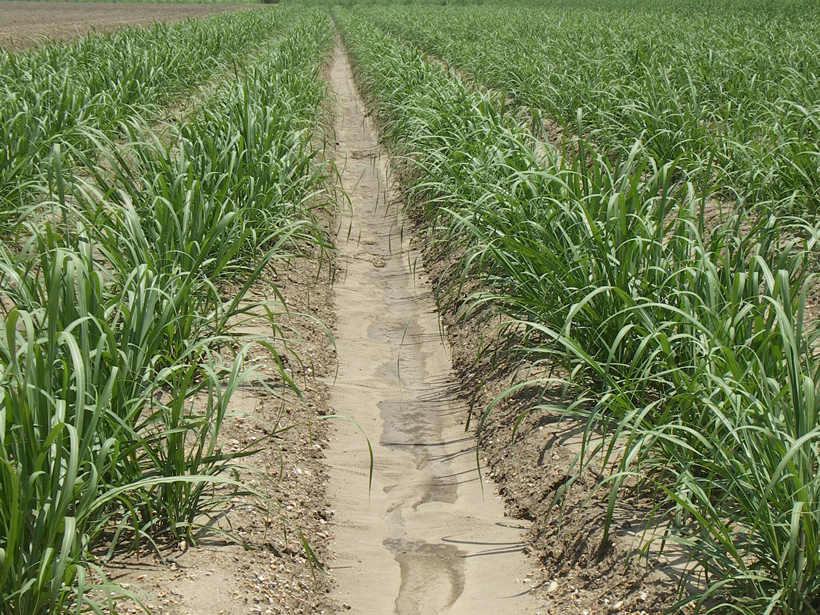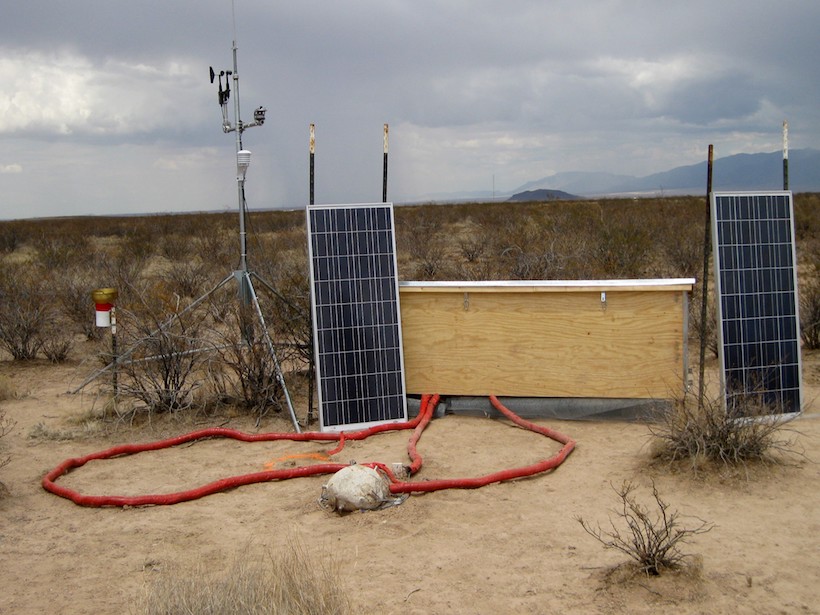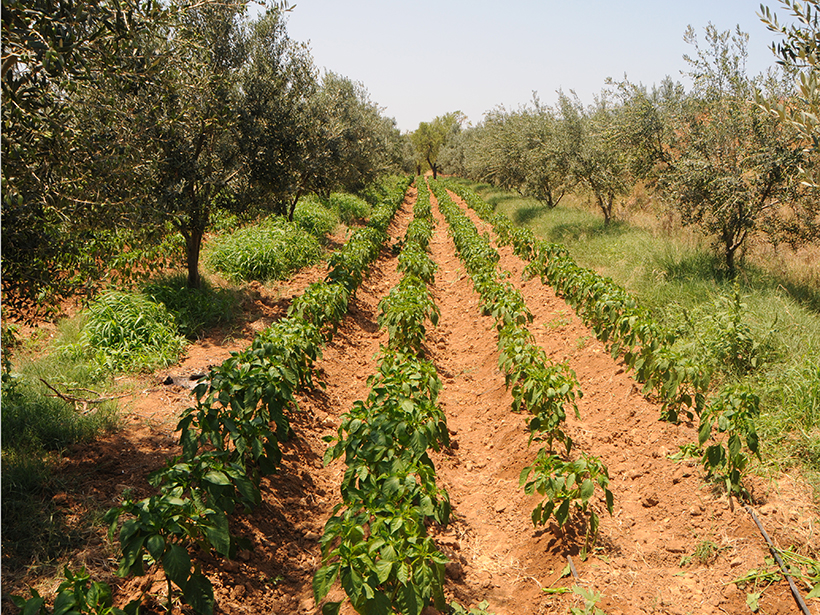Conducting weekly lidar surveys of coastal cliffs for 3 years enabled a California team of coastal erosion researchers to quantify and separate marine effects from subaerial effects.
erosion & weathering
European Colonists Dramatically Increased North American Erosion Rates
Around 200 years ago, when conversion of land for agriculture became more widespread, the amount of sediment accumulating in riverbeds across the continent jumped tenfold.
Warmer Climates Speed Breakdown of Rocks
Researchers listened to boulders for thousands of hours to investigate how they weathered.
Using Nuclear Fallout to Measure Soil Erosion in Tunisia
Cesium-137 acts as a tracer to evaluate the efficiency of conservation methods.
Experimenting with Underwater Sediment Slides
Sediment-laden currents caused by breaching flow slides are hazardous to flood defenses and seabed infrastructure. New research shows that these phenomena must be accounted for in erosion simulations.
A Clearer Look at Lunar Surface Hydration
Independent ground-based observations of the Moon confirm prior spacecraft observations that hydration at the lunar surface varies with temperature.
Mount Rushmore’s Six Grandfathers and Four Presidents
Living in Geologic Time: How long will it take for erosion to erase Mount Rushmore?
Self-Repairing Blemishes on the Surface of Mars
A new study of small impact craters at Mars landing sites suggests that active processes degrade and infill depressions at similar rates in locations separated by thousands of kilometers.
Megaripple Migration Offers Insights into Martian Atmosphere
The movement of large sand ripples, documented for the first time, suggests Mars is windier than we thought.
The Ticking Time Bomb of Arctic Permafrost
Arctic infrastructure is under threat from thawing permafrost.










